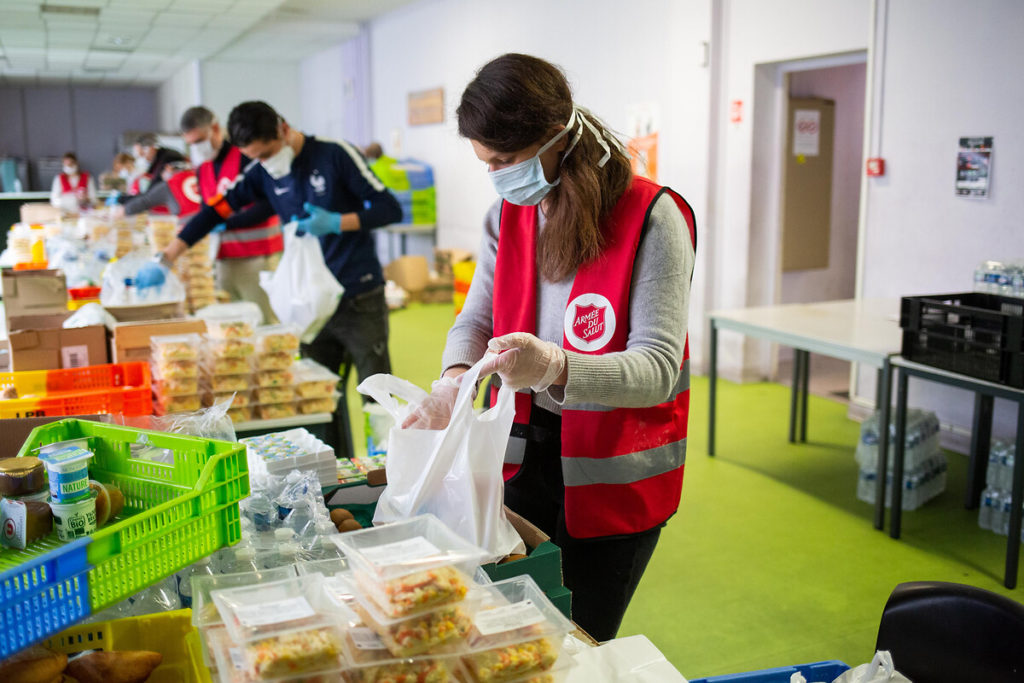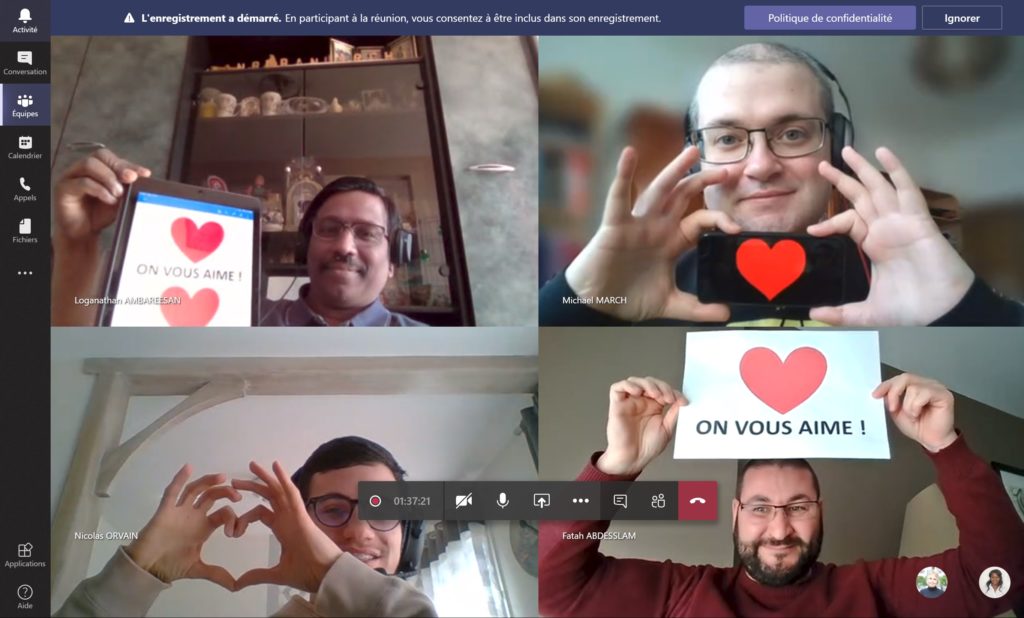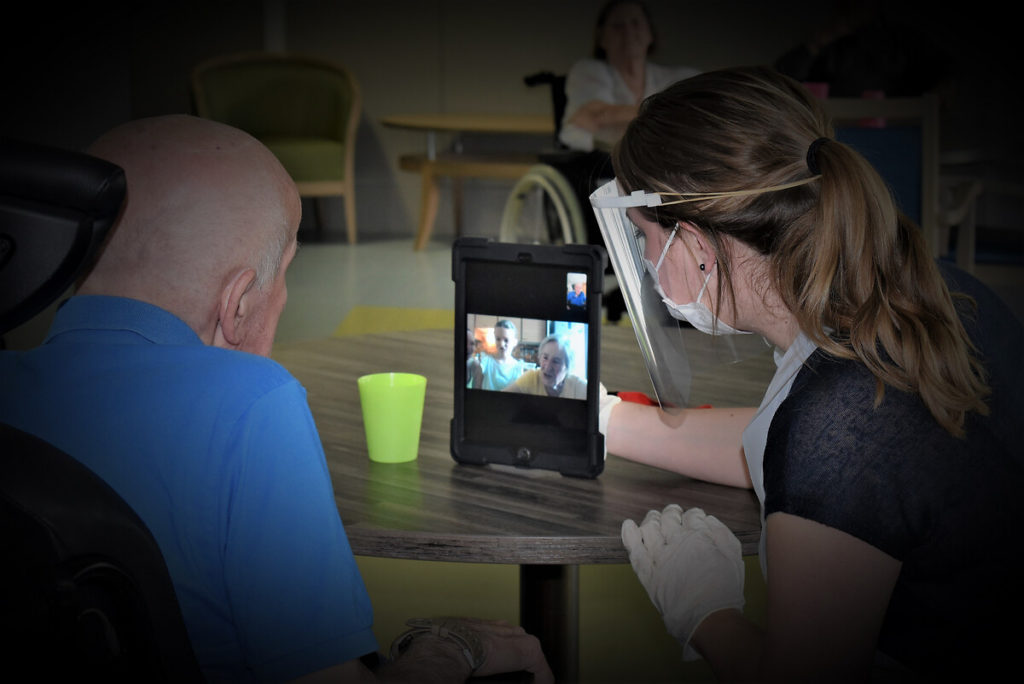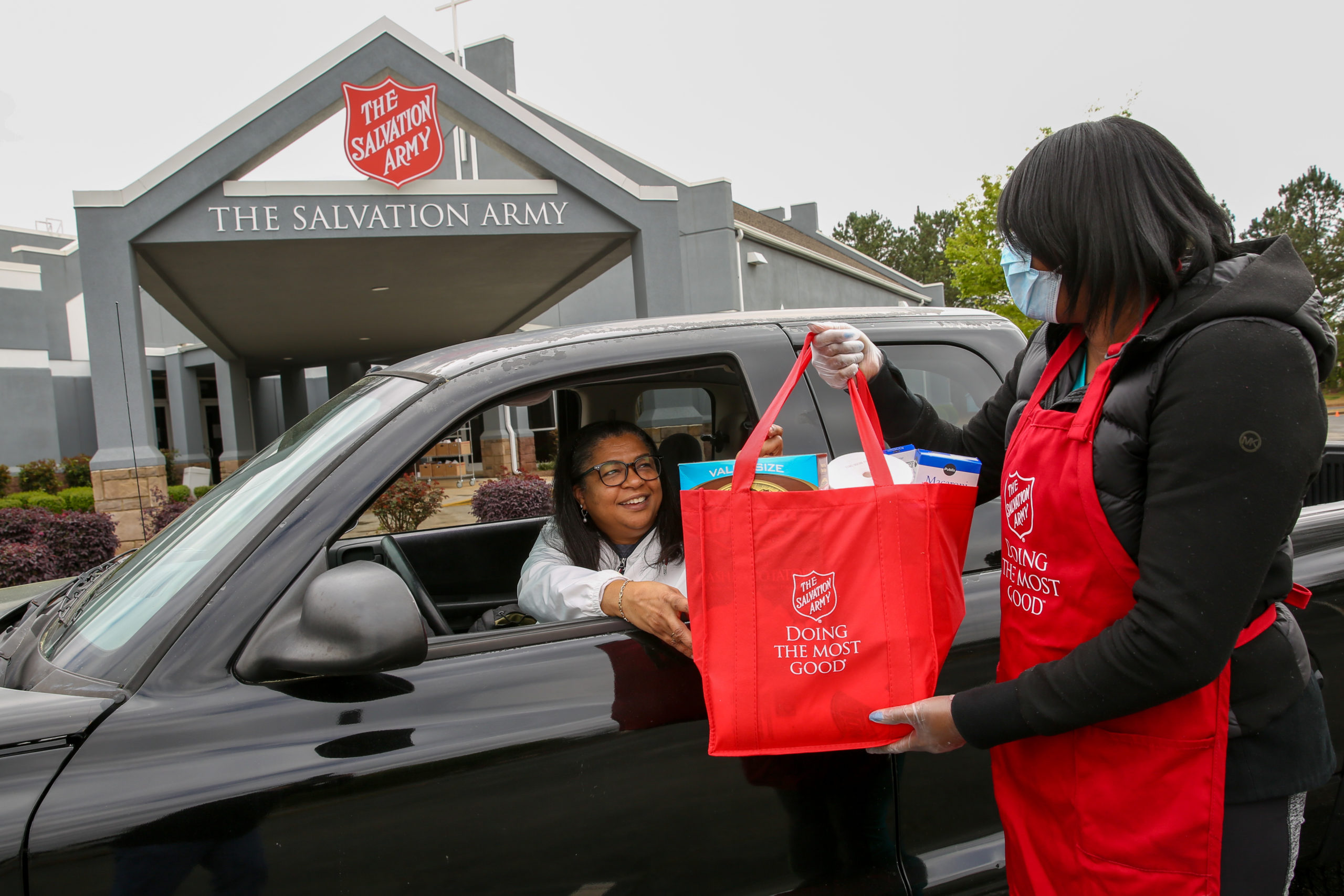For the staff at the Salvation Army’s international headquarters in London, COVID-19 became personal when pneumonia likely caused by the virus took away one of its own.
Almost 150 of his past and present co-workers and friends honored him with a memorial service in April that included scripture readings, prayers and musical performances. Due to stay-at-home orders, they did all this remotely, using Microsoft Teams.
“It was a wonderful way in our current circumstances to unite together as a family,” says Merle Heatwole, the Salvation Army commissioner who serves as the chief financial officer for the Salvation Army’s International Headquarters (IHQ), which now meets on Teams regularly, since for now they can no longer commute. While Teams has emerged as a vehicle to express the organization’s spirituality, it’s also quickly been adopted into a bevy of practical applications, thanks to recorded and easily accessible online training sessions.
You may only think of the Salvation Army during the winter holidays, when you see and hear the familiar bells and donation buckets outside of stores. But the services the organization handles are year-round: distributing food, and providing medical help and housing to those in need, all over the world.
IHQ’s team quickly pivoted to using Teams to keep providing critical emergency services when the global pandemic forced them to work remotely. Financially independent territories provide their own resources and do local fundraising, but the majority of the Salvation Army territories rely on grants to supplement their operating budgets so they can provide essential services and run schools, hospital clinics and children’s homes.
In some places, such as India, the U.K. and the U.S., the Salvation Army’s food pantries have become a lifeline for those cut off from their main sources of income.

A Salvation Army food pantry in Paris organizes supplies for the homeless. (Photo by Valentina Camu)
IHQ’s staff has also been using Teams to approve proposals and process payments and grants. Heatwole estimates up to 60,000 Salvation Army staff members around the world are using Teams – approximately half of the organization’s total employees, who operate in more than 14,500 locations.
In France and Belgium, the Salvation Army works closely with local governments in running its social care centers, which serve people experiencing homelessness, older people, people with disabilities, women with children and people with substance use disorders, through food pantries, housing services, job training and other grassroots services.
Teams has become their go-to for file-sharing, validating invoices and instant communication, says Micha Karapetian, the chief information officer based in France. They got a head start on using it in October due to transportation strikes throughout the country.
“It was a big test for our services,” Karapetian says. “We didn’t have time to train everybody, but we gave everyone Teams. People were happy we helped provide the tools to continue their activities, so they could work from home, or from anywhere.”
But it wasn’t until mid-March that they really picked up steam, going from 47 active users to 900 – almost everyone who used to work in offices before the pandemic.

Information and IT department teammates from the Salvation Army cheering on front-line workers on a Microsoft Teams call. (Photo by Micha Karapétian)
“They forgot about email,” says Karapetian, who adds that staff seems to appreciate the instant factor of Teams and use it for video and audio calls, as well as sending pictures using the mobile app when they’re out providing services.
“As a user I was surprised by its stability and resilience. I was afraid it was going to crash when the entire country was forced to lock down. Which it did once, but then the team reached the Microsoft Help desk, and it took an hour to fix. We were really happy.”
He’s also impressed with how quickly Teams starts and runs.
“One of the biggest surprises is how you can get started right away, especially if you’re familiar with social networks,” he says.
As they keep using Teams, Karapetian sees even more potential for it: plugging in other apps, using it to create and share spreadsheets, automation tools and streamlining workflows. He’s also a fan of using the @-sign to tag people and of custom notifications.

At a nursing home for seniors in Strasbourg, a social worker helps keep families connected through tablet video chats. (Photo by Foundation of the Salvation Army)
On the other side of the Atlantic, in the U.S., Ron Shoults, the IT director for the Salvation Army’s USA Central Territory, also shares a similar experience with how their staff has adopted Teams.
“We did the rollout very, very rapidly, without really doing any training other than pointing to online resources, but people have picked it up and run with it,” he says.
It’s available to all 6,000 users in their network, which stretches over 11 Midwestern states, from Michigan to the Dakotas. Over the last seven weeks, Shoults has tracked Teams use: 5,700 meetings, 9,600 calls and more than 600,000 chat messages. In one week, 922 meetings took place.
He’s also using the collaboration tools in Teams to host an annual IT seminar, historically a three-day in-person meeting that has now moved online. His team plans to stream videos and presentations, and fully utilize file-sharing capabilities.
The 250 people who work in the territorial headquarters are using Teams to participate in a weekly chapel service, as well as daily meetings. Shoults says the success of the online meetings may mean a permanent transition from some meetings that have traditionally been done only in person.
“It’s helped to keep us connected with each other,” he says. “To have this one place to get the bulk of what we need to do done is a real plus.”
Top photo: Gwinnett County food distribution and food delivery drive-thru at the Lawrenceville Corps (Georgia) during the COVID-19 pandemic. (Photo by the Salvation Army)

